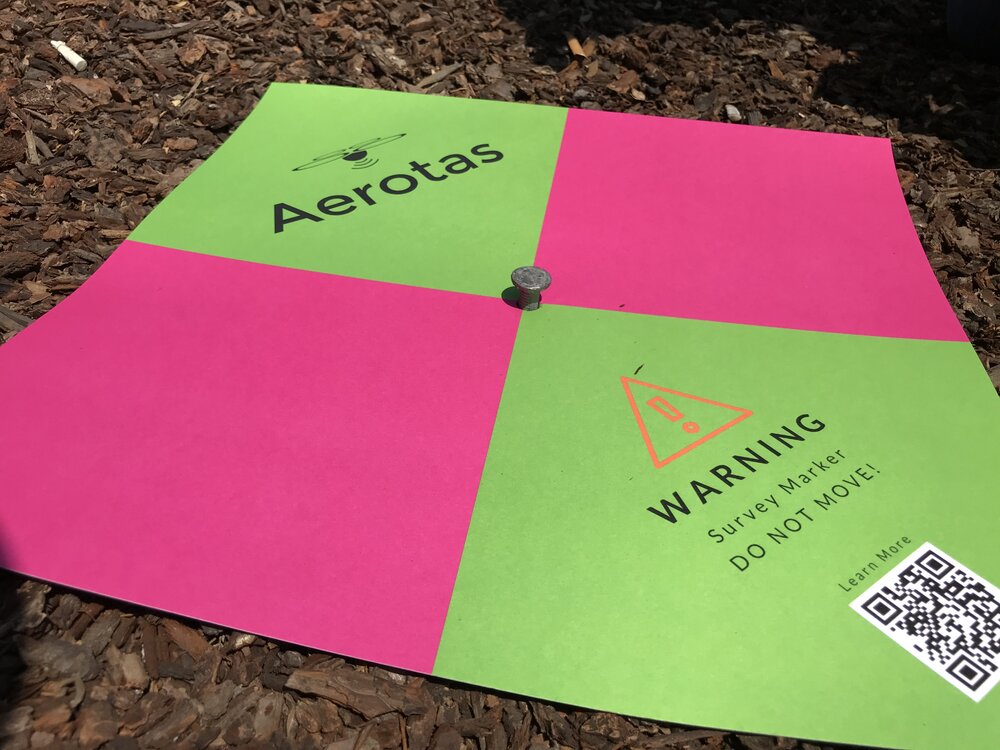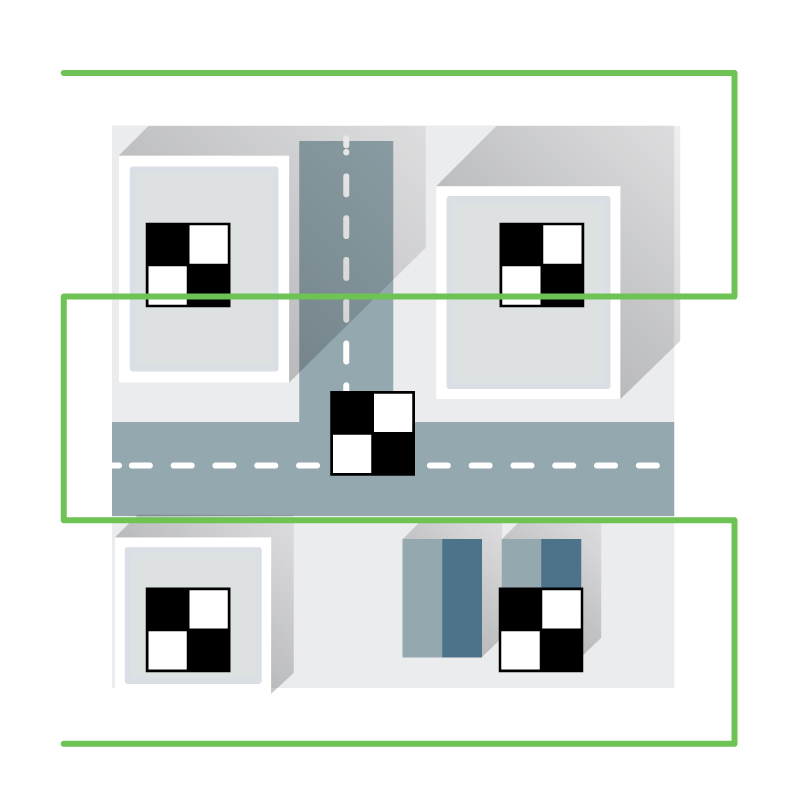Examine This Report on Drone Imagery Services
Wiki Article
Ground Control Points Can Be Fun For Anyone
Table of ContentsThe Buzz on Geospatial Solutions10 Easy Facts About Geospatial Solutions Shown4 Easy Facts About Geospatial Solutions ExplainedGround Control Points - An OverviewMore About Ground Control Points
Advised functions consist of converging street paint striping, road corners, or various other natural or developed functions on the ground. To by hand choose and also measure GCPs from a recommendation image to sustain the change process, complete the adhering to steps: Include the referral image to the 2D map view. Keep in mind the VCS of the DEM used to support the procedure.This dialog box is made use of to define vertical makeovers that may be needed to accurately transform heights removed from the elevation surface area connected with the work area right into the spatial referencing of the task. Click the Browse button. On the Spatial Recommendation dialog box, click in the Upright Coordinate System (VCS) box below Current Z, and also select the VCS of the DEM connected to the image collection.
Click OK twice to accept the adjustments and close the Spatial Reference and Define Z Modification dialog boxes. In the Material pane, shut off the picture collection layer. This guarantees that GCPs are picked from the referral photo. In the GCP Supervisor home window, click the Include GCP or Tie Point switch.
Search to an identifiable function in the recommendation imagery that you wish to gather as a GCP, as well as click it. A red cross appears over the feature on the map and a brand-new GCP access is gone into in the GCP Manager. In the GCP Supervisor home window, situate the equivalent GCP attribute in the picture visitor and also click the function to put a tie point.
Ground Control Points Can Be Fun For Everyone
When a tie factor has been effectively contributed to a photo, the grey tie factor symbol modifications to blue in the picture visitor and in the 2D map, and the GCP symbol modifications from red to environment-friendly. This indicates that the GCP has been determined. To alter or remeasure the area of a gauged factor, click the point.If adding a one-dimensional (1D) coordinate, go into the elevation worth in the Z area as well as established the XY Precision field value to NA. Optionally, input the GCP Z Accuracy value. If going into a two-dimensional (2D) coordinate, include the X as well as Y works with to the ideal fields and also established the Z Accuracy field value to NA.
In cases when a picture in the overlapping picture listing was not immediately determined, suggested when the + mark did not change to blue, the image needs to be picked and also the GCP area by hand gauged. The area of a gauged factor can be altered by clicking a various area in the image.
If you do not have GCPs from ground survey, but you have an orthorectified image basemap as a raster layer (raster dataset, mosaic dataset, or picture solution), you can include it as a recommendation to calculate GCPs (ground control points). When picking a referral picture for GCP calculation, ensure that the recommendation picture has good georeferencing top quality in terms of geopositional accuracy and clarity which the resolution is similar to the resource images.
Ground Control Points Can Be Fun For Anyone


The matching pictures that overlap with the GCP appear in the image list at the bottom of the GCP Manager home window. Click the Include GCP or Tie Point switch to add a picture tie point in the picture customer for each overlapping image.
However, they are not used as inputs to manage the modification procedure. Instead, check points measure the accuracy of the adjustment and the resulting orthoimage. For every check point, the distance between its known ground area and also the place of the equivalent pixel after the change procedure is made use of to determine the general absolute accuracy of the block of photos.
Not known Details About Drone Imagery Services
You can change GCPs to inspect factors for postprocessing accuracy evaluation (Geospatial solutions). After the GCPs have been added and determined with tie factors in the Reality mapping work area, select the GCP to transform to a check point in the GCP Supervisor window. Right-click the GCP and click Adjustment to Examine Point.As soon as you include GCPs or connect factors, you need to click Adjust to rerun the block adjustment and also use these factors. Keep the adhering to in mind when dealing with GCPs: Utilize the Clear Hyperlinks button to erase all tie factors related to chosen GCPs. To remove a solitary connection point, right-click the image name in the GCP Supervisor photo viewer and select Remove Tie Point.
2D GCPs added in a CSV data should abide by the style below. 1D GCP's can not be included in a CSV documents. Rather, add 1D GCPs using the workflow defined in Include GCPs manually area above, actions 6-9. If the GCPs as well as the altitude source of the mosaic dataset have various z-values, the imagery might show up shifted in the map sight after modification.
The equivalent pictures that overlap with the GCP show up in the picture checklist at the bottom of the GCP Supervisor window. Click the Include GCP or ground control points Tie Factor button to add a photo tie factor in the picture audience for each overlapping picture.
Little Known Questions About Ground Control Points.
However, they are not used as inputs to manage the modification procedure. Instead, check factors gauge the precision of the change as well as the resulting orthoimage. For every check point, the distance between its recognized ground area and the location of the corresponding pixel after the adjustment procedure is utilized to determine the overall absolute accuracy of the block of pictures.You can alter GCPs to check points for postprocessing precision assessment. After the GCPs have actually been included and also determined with connection factors in the Truth mapping workspace, select the GCP to change to a check factor in the GCP Manager home window. Right-click the GCP and click Adjustment to Inspect Factor.
As soon as you add GCPs or tie factors, you should click Adjust to rerun the block change as well as use these factors. Maintain the adhering to in mind when collaborating with GCPs: Use the Clear Links button to erase all tie factors connected with selected GCPs. To erase a solitary connection factor, right-click the image name in the GCP Manager picture visitor and also select Delete Connection Factor - ground control points.
Report this wiki page